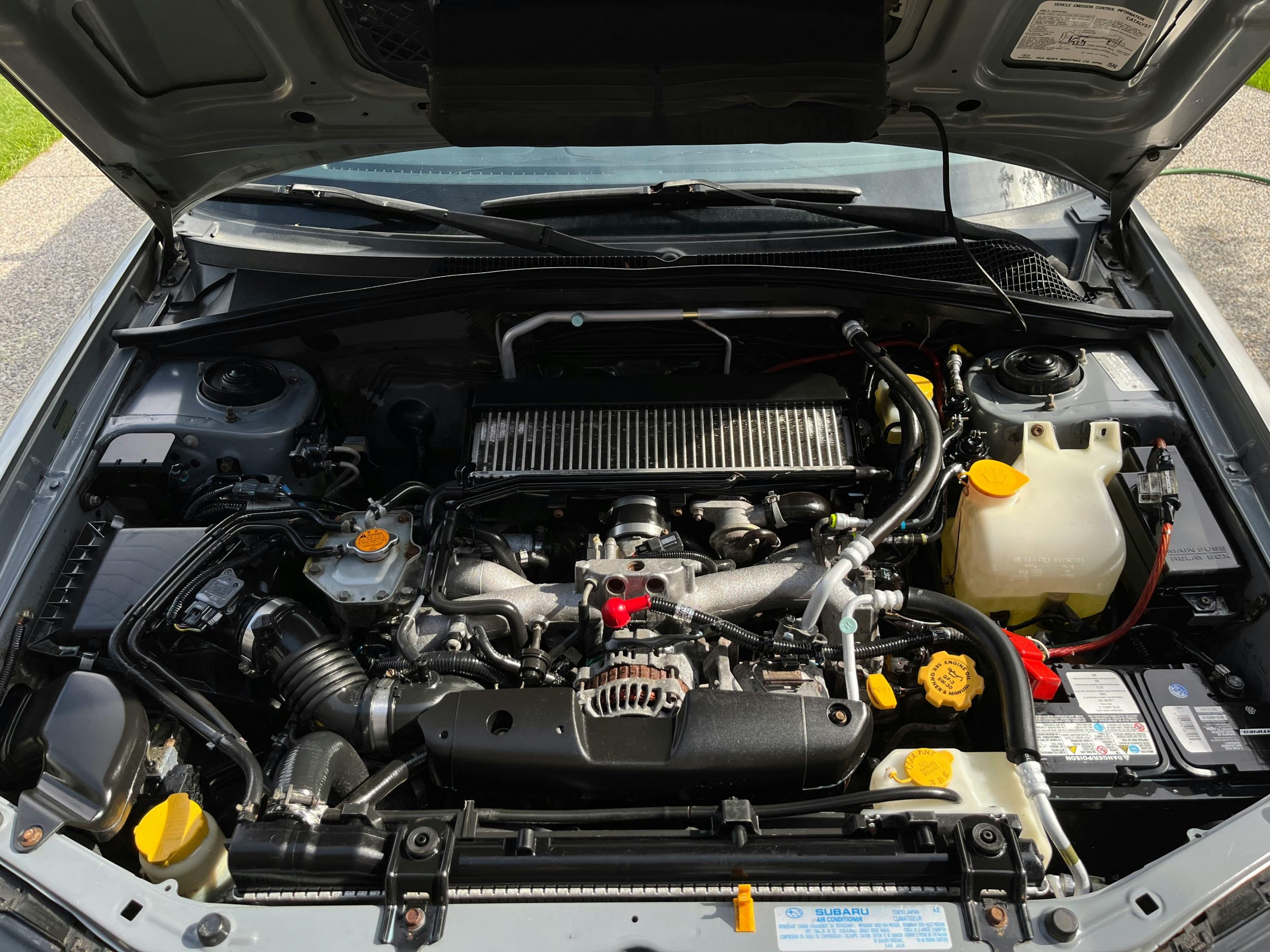- Highlights
- Understanding How Auto Batteries Work
- Regular Maintenance Practices
- Driving Habits That Help Batteries Last Longer
- Seasonal Care for Your Battery
- Using the Right Charging and Testing Tools
- Avoiding Common Mistakes That Kill Batteries
- Knowing When to Repair or Replace
- Professional Help & Preventive Services
- Conclusion & Final Tips
Highlights
- Clean and inspect battery terminals regularly to prevent corrosion.
- Drive your car consistently and avoid frequent short trips.
- Protect your battery from extreme heat and cold to extend its lifespan.
- Use smart chargers and testers to maintain and monitor performance.
- Replace aging batteries before they fail and leave you stranded.

Your car battery is the heartbeat of your vehicle. Without it, your car won’t start, the lights won’t shine, and your electronics won’t work. While most auto batteries last around three to five years, many fail much sooner due to poor maintenance or environmental stress. Replacing a battery can be costly and inconvenient, especially if it dies unexpectedly while you’re on the road.
The good news is that with proper care, you can extend the life of your battery, reduce the risk of sudden failure, and save money over time. This article will walk you through practical, budget-friendly, and effective ways to keep your auto battery healthy for as long as possible. From daily habits to seasonal care, you’ll learn strategies that can make a noticeable difference in your car’s performance.
Understanding How Auto Batteries Work
Before diving into care tips, it’s important to understand what your battery does. An auto battery has three essential jobs:
- Providing power to start your engine.
- Running electronics such as lights, infotainment systems, and charging ports.
- Stabilizing voltage to protect your vehicle’s electrical system.
There are several types of car batteries:
- Lead-acid batteries: Most common, affordable, and reliable for standard use.
- Absorbent Glass Mat (AGM) batteries: More expensive but designed to handle heavy electrical demands and repeated discharges.
- Lithium-ion batteries: Lightweight, efficient, and long-lasting, but not yet standard for most cars.
What impacts battery life the most? Temperature changes, frequent short trips, poor maintenance, and leaving electronics running when the engine is off. Understanding these basics makes it easier to take preventive steps.
Regular Maintenance Practices
One of the simplest ways to get more life from your battery is through routine maintenance. Many issues that kill batteries early can be prevented with simple inspections and cleaning.
Clean Battery Terminals
Corrosion often builds up around the terminals, reducing the battery’s ability to deliver power. This white or bluish deposit occurs due to chemical reactions and exposure to moisture.
- How to clean terminals:
- Wear gloves and safety glasses.
- Disconnect the negative terminal first, then the positive.
- Use a mixture of baking soda and water with a wire brush to scrub away corrosion.
- Rinse with clean water, dry thoroughly, and reconnect terminals (positive first, then negative).
Check Battery Connections
Loose or weak connections can cause your car to struggle to start or may even damage your electrical system. Regularly inspect the clamps to ensure they’re tight and secure.
Inspect Battery Case
Look for cracks, swelling, or leaks. A bulging battery case may indicate overheating, while leaks can be hazardous. Any of these signs mean it’s time to replace your battery immediately.
Driving Habits That Help Batteries Last Longer

Your driving habits directly influence how long your battery will last. Even a high-quality, well-maintained battery can wear out quickly if you don’t drive in a way that supports its charging and health. By making a few mindful adjustments, you can significantly reduce unnecessary strain and keep your battery operating at its best.
Avoid Short Trips
Short trips are one of the most common reasons batteries die prematurely. When you start your car, the battery uses a large amount of power to crank the engine. Afterward, the alternator recharges the battery while you drive. But if your trips are under 10 minutes, the alternator doesn’t have enough time to replace the energy used during startup. Over time, this leads to a weak battery that struggles to hold a charge.
What you can do:
- Plan your errands so you combine multiple short trips into one longer drive.
- If short trips are unavoidable, consider using a battery maintainer to keep your battery fully charged when the car is not in use.
- For vehicles that aren’t daily drivers, running the car for 20–30 minutes once a week helps maintain battery health.
Drive Regularly
Letting your car sit idle for long periods is one of the fastest ways to drain your battery. Even when not in use, your vehicle’s electronics—like the clock, alarm system, or onboard computer—continue to draw a small amount of power, known as a “parasitic drain.” If the car isn’t driven regularly, the battery won’t recharge, and eventually, it will discharge completely.
Practical tips:
- Try to drive your car at least once a week. Even short commutes combined with longer drives on weekends can help.
- If you travel often or own multiple cars, invest in a trickle charger or smart charger to maintain battery health.
- During winter months, when cold weather makes it harder for batteries to start, driving regularly becomes even more important.
Turn Off Electronics Before Shutting Off the Engine
It’s easy to forget and leave your headlights, interior lights, or radio on when shutting down your car, but even small draws can drain a battery quickly. Devices plugged into your charging ports, like smartphones or GPS units, also continue to pull energy when the engine is off.
Good habits to adopt:
- Make it a routine to turn off headlights and unplug chargers before leaving your vehicle.
- If your car doesn’t automatically shut off lights, double-check before locking the doors.
- Use the “accessory” mode sparingly—listening to music or charging devices without the engine running is one of the fastest ways to deplete the battery.
Bonus: Avoid Excessive Idling
While idling keeps the car running, it doesn’t always provide enough alternator output to fully recharge the battery, especially if you’re also running the AC, heater, or lights. Long periods of idling can create a net drain on the battery instead of replenishing it.
Better approach:
- Instead of idling for long stretches, take the car for a short drive. This allows the alternator to recharge the battery more efficiently.
- Reduce heavy accessory use during idle time when possible.
Seasonal Care for Your Battery
Extreme weather is a battery’s worst enemy. Both heat and cold put stress on its internal components.
Hot Weather
High temperatures accelerate the evaporation of electrolytes inside the battery, which reduces its capacity.
- Park in shaded areas or garages whenever possible.
- Keep the battery clean since dirt conducts heat and speeds up damage.
- Have your battery tested more frequently in the summer.
Cold Weather
Freezing temperatures slow down the chemical reactions that generate power, making it harder for the battery to start the engine.
- Keep the battery fully charged since weak batteries often fail in the cold.
- Use an engine block heater or battery blanket in very cold regions.
- Avoid leaving the car unused for long periods during winter.
Using the Right Charging and Testing Tools
Technology can help you keep your battery in good shape.
Battery Chargers & Maintainers
- Trickle chargers provide a slow, steady charge to keep batteries topped up.
- Smart chargers automatically stop charging when the battery is full, preventing overcharging.
These are especially useful if you don’t drive your car often.
Battery Testers
Testing helps detect early signs of weakness before the battery fails.
- Voltmeter: Checks voltage levels at rest.
- Load tester: Simulates real-world conditions to see how the battery performs.
Testing your battery every few months—or before a long trip—can help you avoid being stranded.
Avoiding Common Mistakes That Kill Batteries
Even well-maintained batteries can fail if you make certain mistakes.
- Leaving lights on overnight: One of the most common reasons for a dead battery.
- Frequent deep discharges: Draining the battery completely damages its internal structure.
- Using the wrong battery size: Always use a battery that matches your vehicle’s specifications.
- Ignoring warning signs: Slow engine cranks or dashboard warning lights are early indicators of trouble.
By avoiding these mistakes, you reduce unnecessary strain on your battery.
Knowing When to Repair or Replace
Every battery has a lifespan, and sometimes replacement is the only option.
Signs It’s Time to Replace
- Your battery is more than 5 years old.
- The engine struggles to start, especially in cold weather.
- You need frequent jump-starts.
- The case is swollen or leaking.
Responsible Recycling
Car batteries contain toxic chemicals that should never be thrown in the trash. Many auto shops and battery stores that specialize in auto batteries accept old ones for safe recycling.
Professional Help & Preventive Services
Even if you’re diligent about maintenance, professional inspections provide an extra layer of security.
- Routine maintenance checks at auto shops often include battery testing.
- Charging system tests ensure your alternator and other components are working properly.
- Load testing under professional equipment gives a clearer picture of battery health.
Professional help is particularly valuable before long road trips or extreme seasonal changes.
Conclusion & Final Tips
Your auto battery may be small, but it plays one of the biggest roles in keeping your car reliable. With the right habits, tools, and seasonal care, you can extend its lifespan well beyond the average three to five years.
Remember:
- Keep your battery clean and secure.
- Drive regularly to maintain charge.
- Protect it from extreme temperatures.
- Use testers and chargers to monitor its health.
- Don’t wait until it dies—replace aging batteries before they fail.
Taking these steps saves money, prevents frustration, and ensures your car is always ready when you need it.
